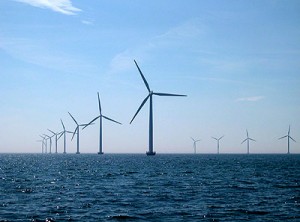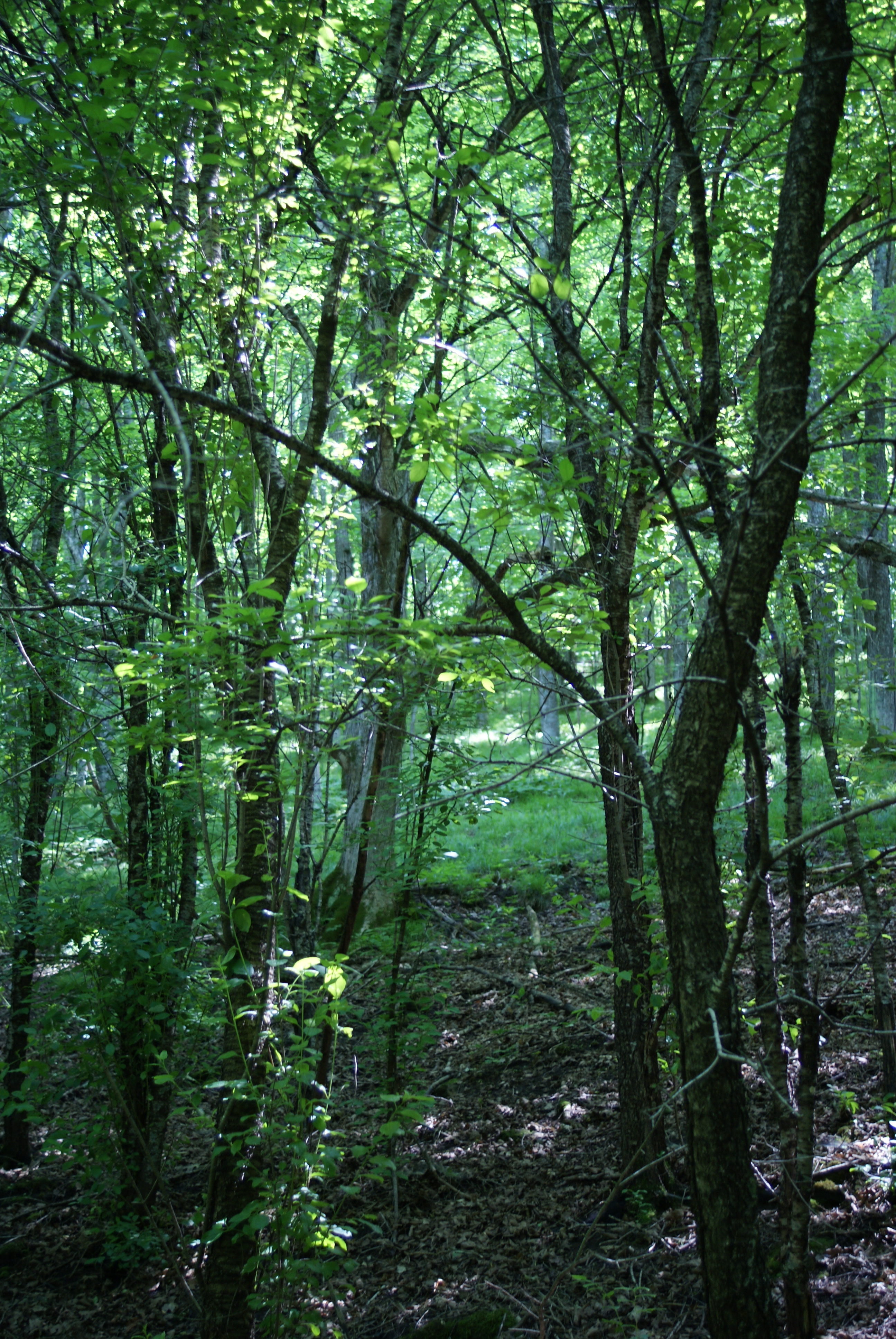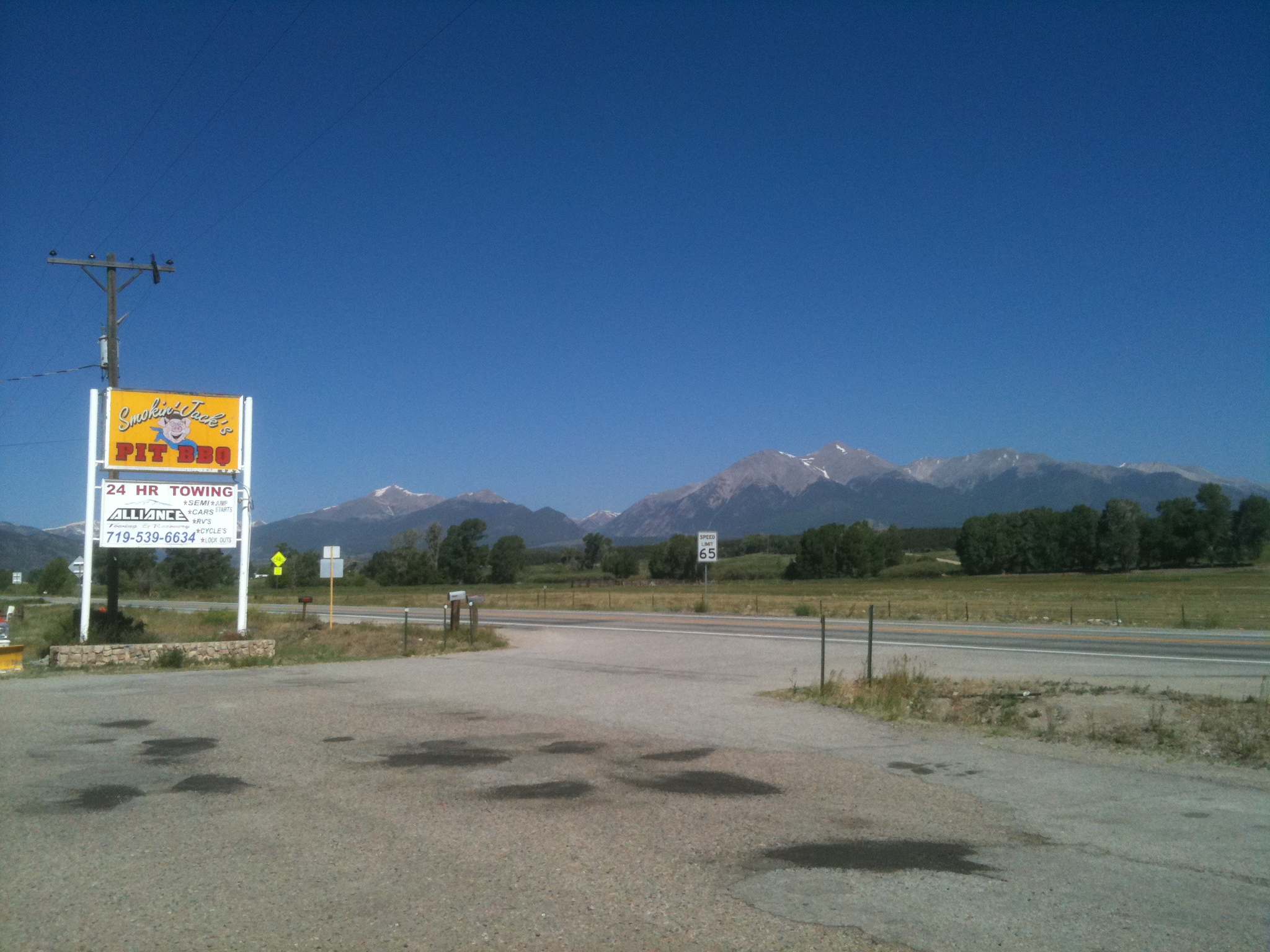In 2005, Environmental Politics published research by Derek Bell, Tim Gray, and Claire Haggett called “The ‘Social Gap’ in Wind Farm Siting Decisions: Explanations and Policy Responses.” In it, the researchers attempt to explain the gap that exists between high levels of public support for wind energy and a relatively low level of wind commissioning and deployment.
In a recent issue of Environmental Politics here, these researchers (along with an additional researcher, Joanne Swaffield) interrogate and update their model (using data from the UK), based on critiques of their work and developments in the field more generally. Originally, and simply, the model described three reasons for the gap: a “democratic deficit”, wherein there exists local elite influence in wind siting; qualified support amongst wind supporters; and NIMBYism. Crucially, the approach relies upon typologizing wind energy opinions in the public (qualified supporters, unqualified opposition, potentially NIMBY-driven opponents and in the newest article, the authors add “place protectors”).
Importantly, the authors also added the consideration of conditions (and interaction thereof) through which qualified support varies, such as the degree of local input in the process, the limiting of bird deaths, and the dampening of noise.
Taken together, these additions to the model are critical, and strictly in terms of political and policy considerations, are headed in the right direction. Rightly, the authors’ reinterpretation and interrogation of their model is primarily constituted in two questions: What is the character of public opinion on wind?; and, What are the relations of power in the local politics of wind development? According to the authors, “Together these two should explain the social gap” (130).
Understandably, the researchers seemed to have traded the consideration of full context for analytical rigor. While local power dynamics are crucial, there needs to be more consideration and elucidation of larger scale dynamics of power–state, national, transnational, media, corporate, etc. Without this, properly contextualizing the dynamics of local politics and the conditions that qualify support will be unlikely.
This exclusion is typical of much research in politics and policy. However, much of this type of research is rendered decreasingly valid with the explosion of spaces of contestation in policy processes, along with the oft-ignored influence of cultural inputs in these processes. This cultural influence is expressed in social movement campaigns, elite policy discourses, and news coverage of wind energy debates, for example.
As researchers move forward, I would suggest a few things for this promising model:
1. Carefully consider the validity of attitude/public opinion typologies. I am not convinced they are terribly useful, especially considering the authors’ own recommendation concerning the consideration of the conditions of support. Meaningfully integrating this consideration into the model would probably explode the typologies.
2. The connection between support for an abstraction and support for a material manifestation of said abstraction is not straight-forward, as the research design of this work implies. Why would we suppose that there is a necessary connection between broad public opinion surveys supporting wind and support for a local project wherein poll respondents “have skin in the game”? The real issue this gets at is whether the “gap” is a legitimate yardstick to begin with. Further, how big of a gap is meaningful (as some critiques of this work have mentioned)?
2b. If the gap as a yardstick is validated, researchers might consider broadening the topic slightly and consider the social gap between renewables more generally and the public opinion polls that show support for them. This broadened level of analysis may help researchers better make their case for the existence of the gap (in general) while opening academic space for the study of the potential gaps for other renewable technologies. Further, this approach would facilitate the analysis of commonalities across technologies and contexts, and researchers would then be able to more broadly comment upon the locations and character of domination, resistance, agency.
3. Interviews with stakeholders at multiple levels would make the authors’ three “refinements” much more meaningful. Getting at the specific reasons for (and machinations of) support or opposition will yield much more meaningful categories, and if done at multiple wind farm sites (or, again, in many studies), will allow researchers to discuss generalities that are more valid and well-grounded.
All in all, the questions these researchers are asking are critical, but they need to be done with a little more consideration for nuance and context.











